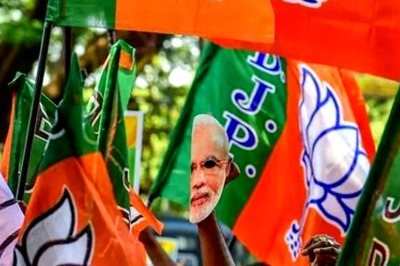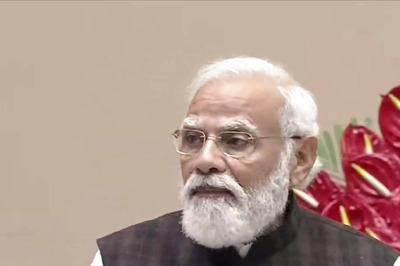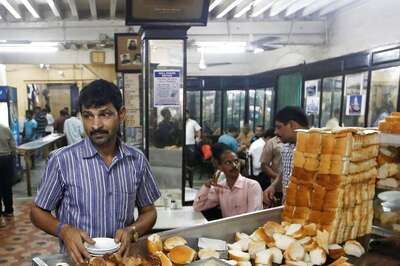
views
The Uddhav Thackeray government cannot be restored in Maharashtra since he resigned as chief minister and did not face floor test, the Supreme Court said on Thursday in a big win for incumbent Eknath Shinde whose revolt along with 15 MLAs ousted the Maha Vikas Aghadi government and triggered a long-drawn battle for control of the Shiv Sena.
Pronouncing its verdict on cross-petitions filed by Thackeray and Shinde factions, a five-judge constitution bench headed by Chief Justice DY Chandrachud said the apex court need not rule on disqualification proceedings of the 16 MLAs, leaving the task to the Speaker of the Maharashtra Assembly.
The Supreme Court, however, observed that then Governor Bhagat Singh Koshiyari did not act according to the rule of law when he asked Thackeray to face a floor test in June 2022.
Here’s a look at the top 10 highlights from Thursday’s Supreme Court proceedings on the Maharashtra political crisis:
- The Supreme Court ruled that the Uddhav Thackeray government cannot be restored in Maharashtra since he resigned and did not face a floor test
- The court, however, said the Governor’s actions were not according to the rule of law. It said the Governor was not justified in calling Thackeray to prove majority “as they did not have objective material”
- But since Thackeray resigned, the Governor was justified in calling Eknath Shinde to form the government, the court added.
- The bench said there are no extraordinary circumstances in the case for the Supreme Court to decide the disqualification proceedings
- It asked the Maharashtra Speaker Rahul Narvekar to decide the disqualification petitions of the 16 MLAs
On March 16, the Supreme Court had reserved its verdict on the pleas at the conclusion of lengthy arguments from Uddhav Thackeray and Eknath Shinde factions that went on for nine days starting February 21.
On the last day of hearing, the top court had wondered as to how it can reinstate the Uddhav Thackeray government when the chief minister had put in his papers even before facing the floor test, after the faction led by him pitched for setting aside the governor’s June 2022 order to the CM for a trial of strength in the House.
The Thackeray faction made passionate submissions before the court urging it to “turn back the clock” and restore the “status quo ante” (previously existing state of affairs) as it had done in 2016 when it reinstalled Nabam Tuki as the chief minister of Arunachal Pradesh.
The Uddhav Thackeray faction was represented by senior advocates Kapil Sibal, AM Singhvi, Devadatt Kamat and advocate Amit Anand Tiwari, while the Shinde camp was represented by senior advocates Neeraj Kishan Kaul, Harish Salve, Mahesh Jethmalani and advocate Abhikalp Pratap Singh. Solicitor General Tushar Mehta represented the Office of the Governor.
On February 17, the top court had declined to refer a batch of pleas related to the Maharashtra political crisis to a seven-judge bench for reconsideration of the 2016 Nabam Rebia judgment on Arunachal Pradesh.
The 2016 judgment dealt with powers of the Assembly Speaker and ruled that they cannot proceed with pleas for disqualification of MLAs if a prior notice seeking the Speaker’s removal is pending before the House.
On June 29, 2022, at the height of the Maharashtra turmoil, the apex court had refused to stay the Governor’s direction to the 31-month-old MVA government led by Thackeray to take a floor test. Sensing defeat, Thackeray resigned, catapulting to power a Shiv Sena-BJP dispensation led by Shinde.
On August 23, 2022, a three-judge bench of the top court headed by then chief justice NV Ramana had formulated several questions of law and referred to the five-judge bench petitions filed by the two Sena factions which raised several constitutional questions related to defection, merger and disqualification.




















Comments
0 comment